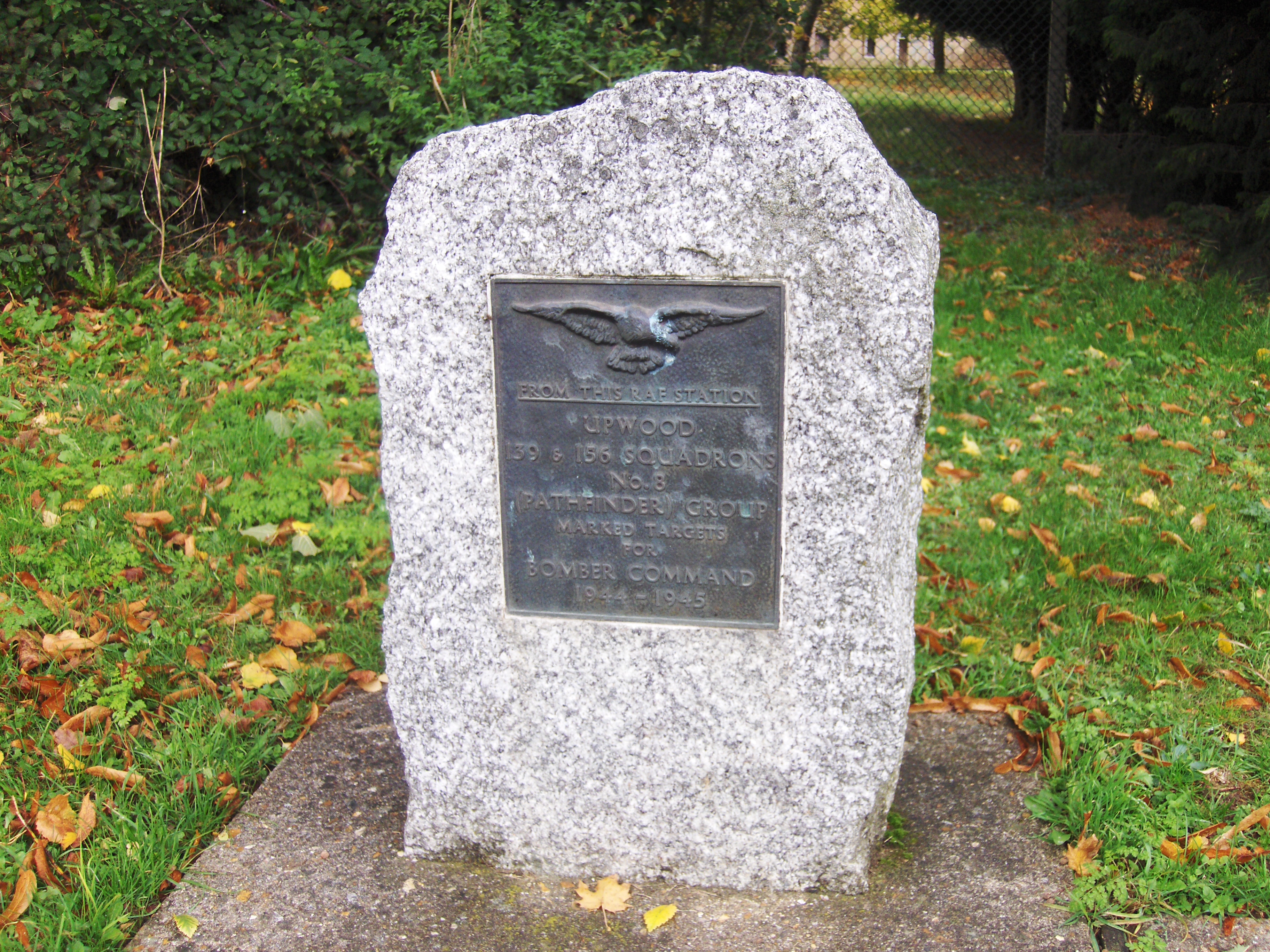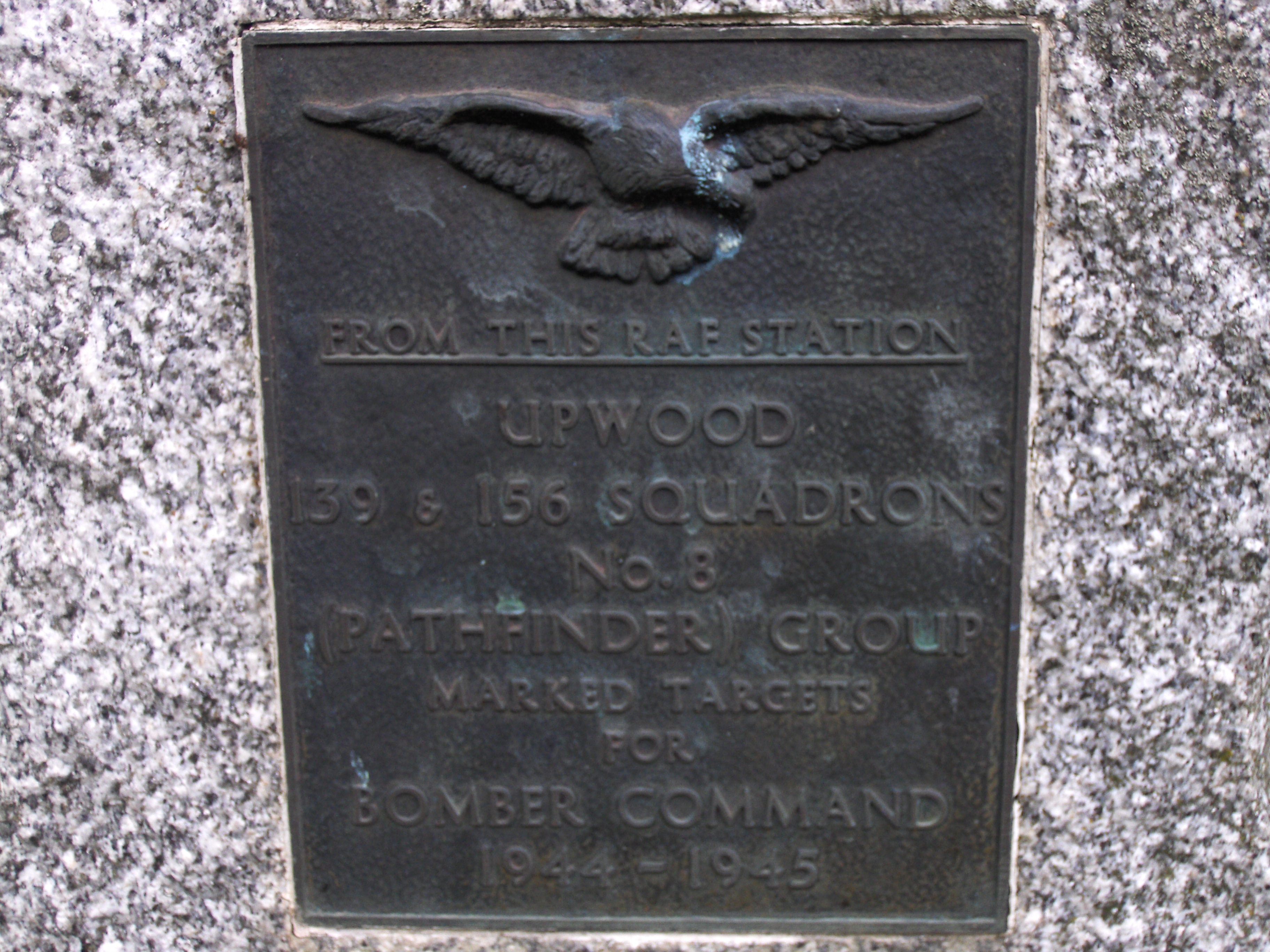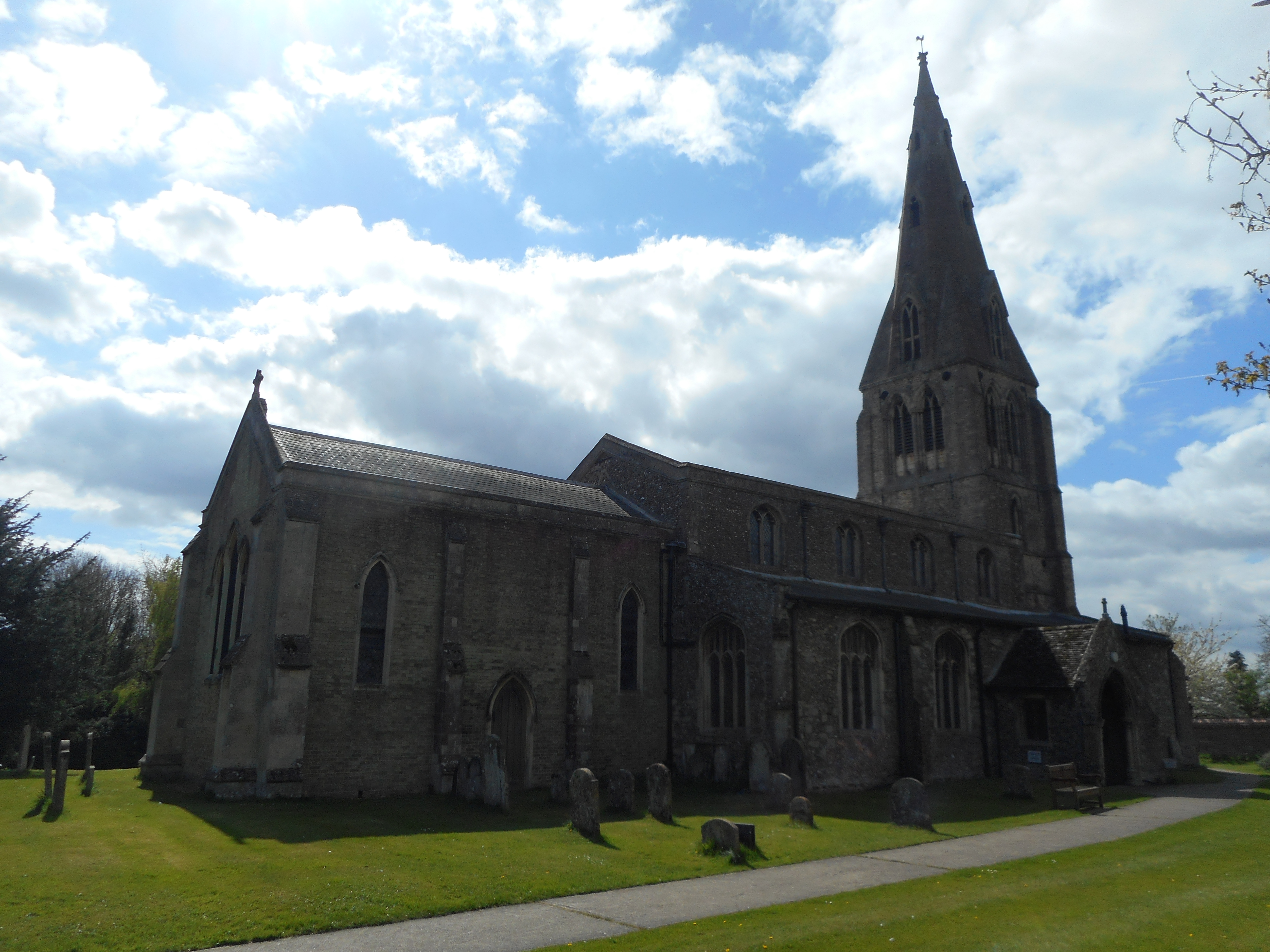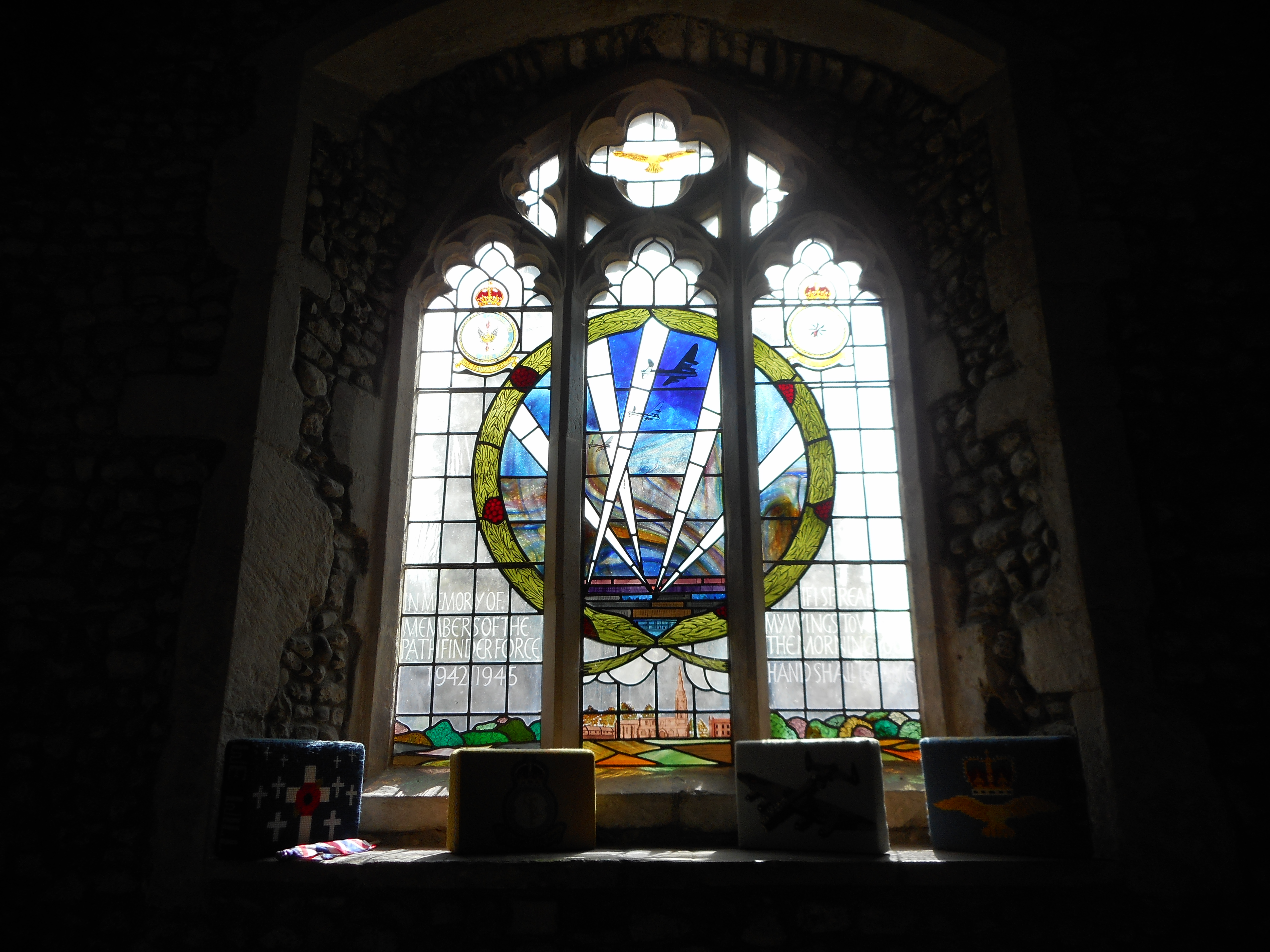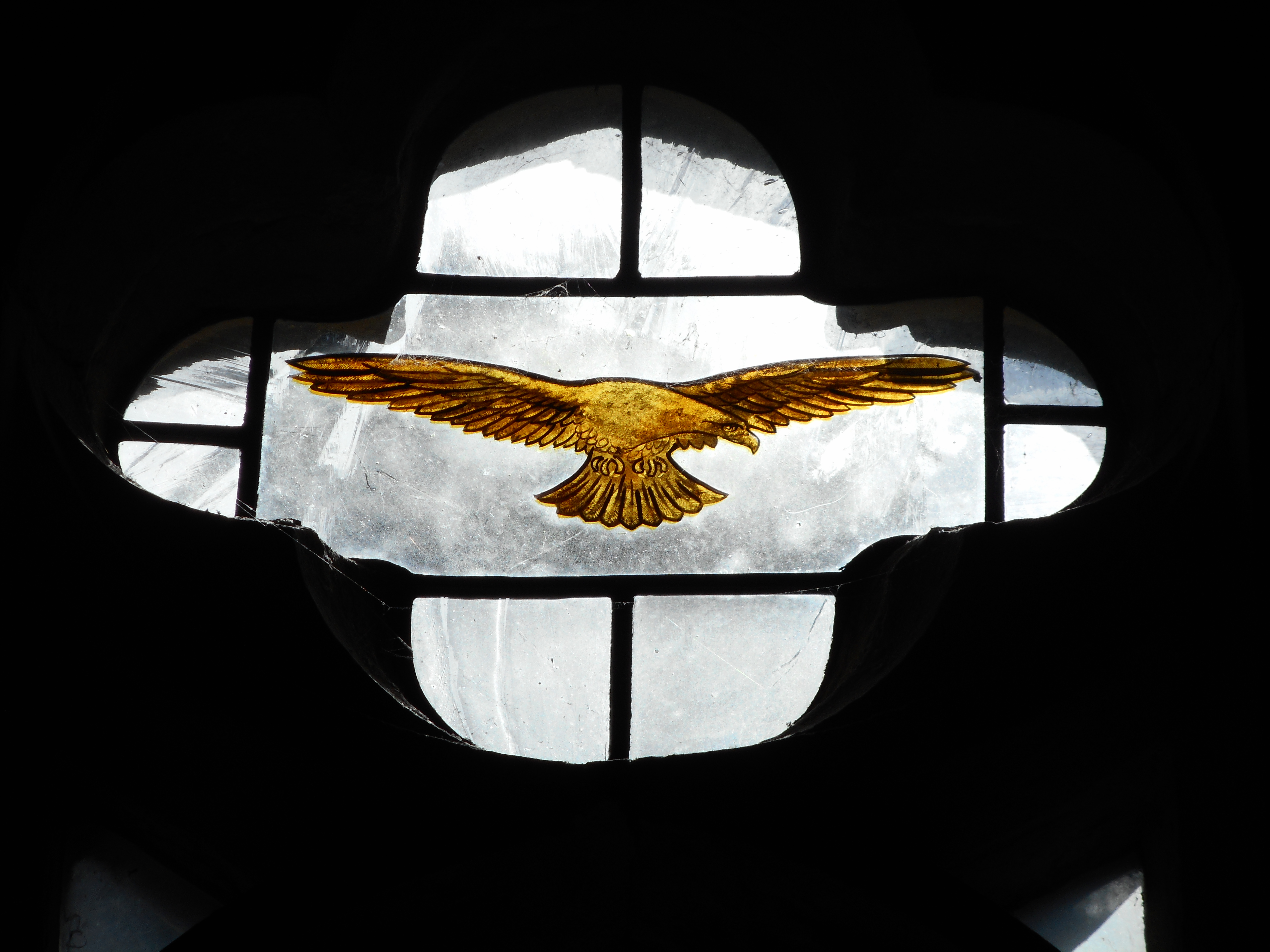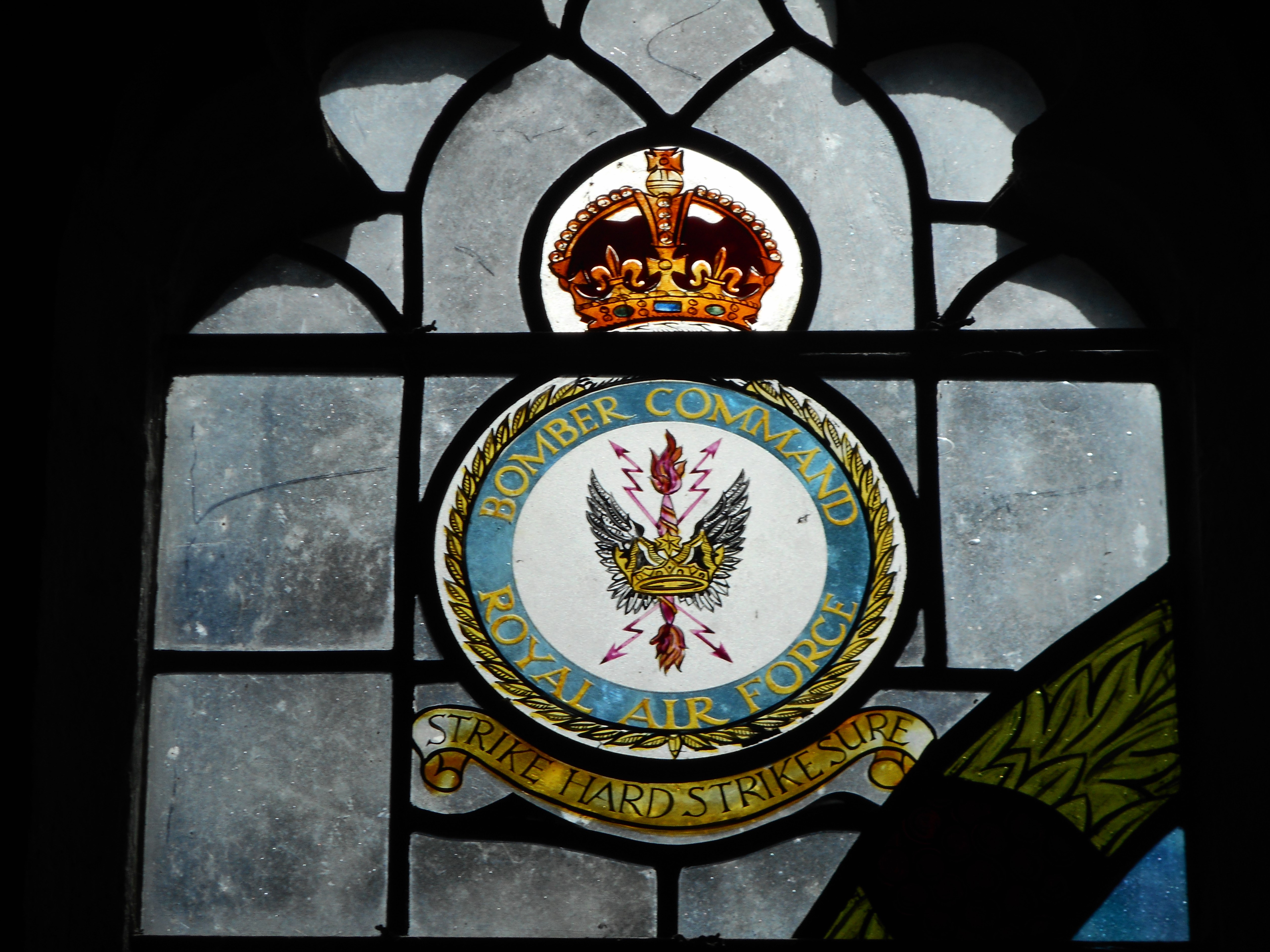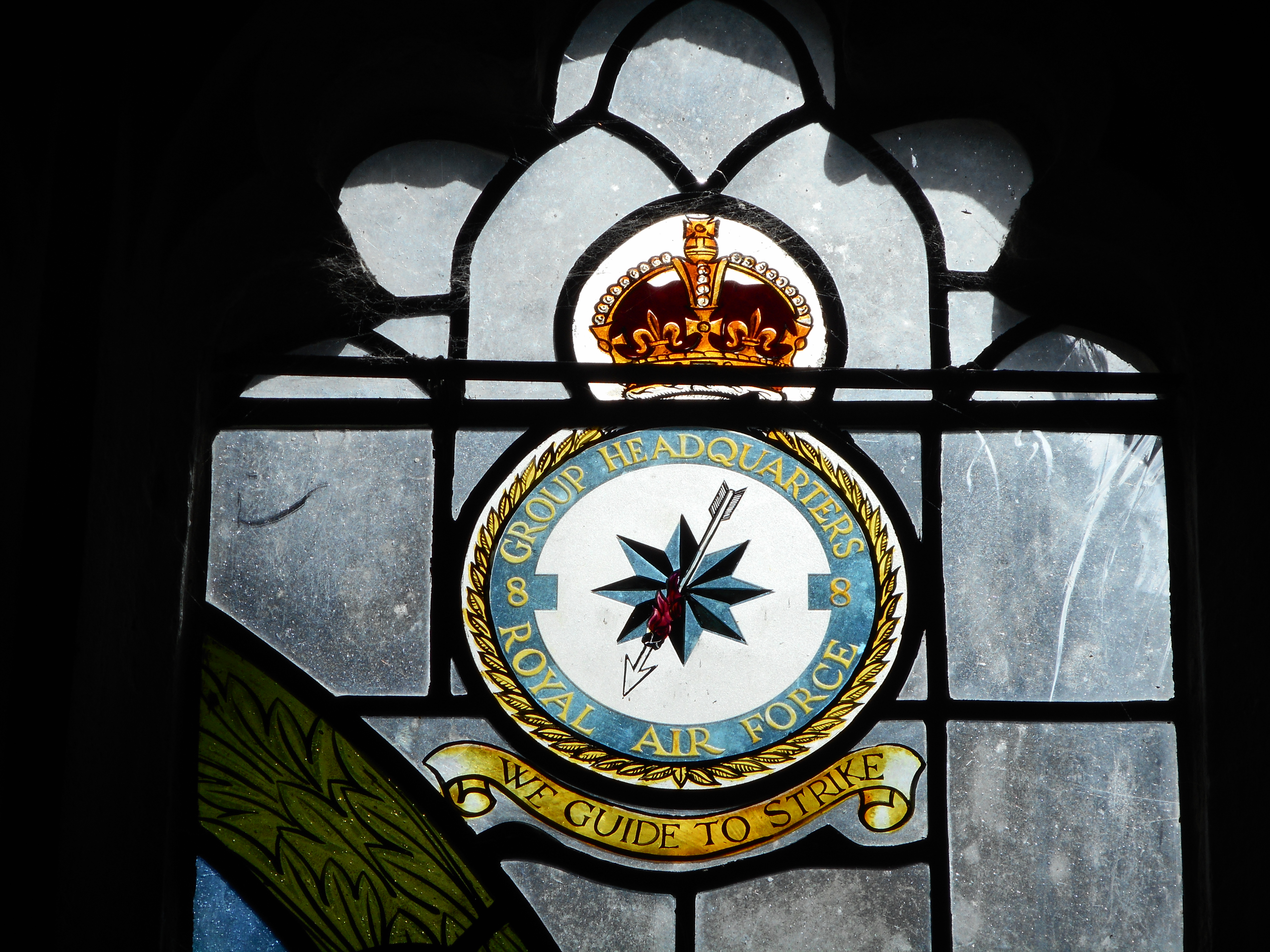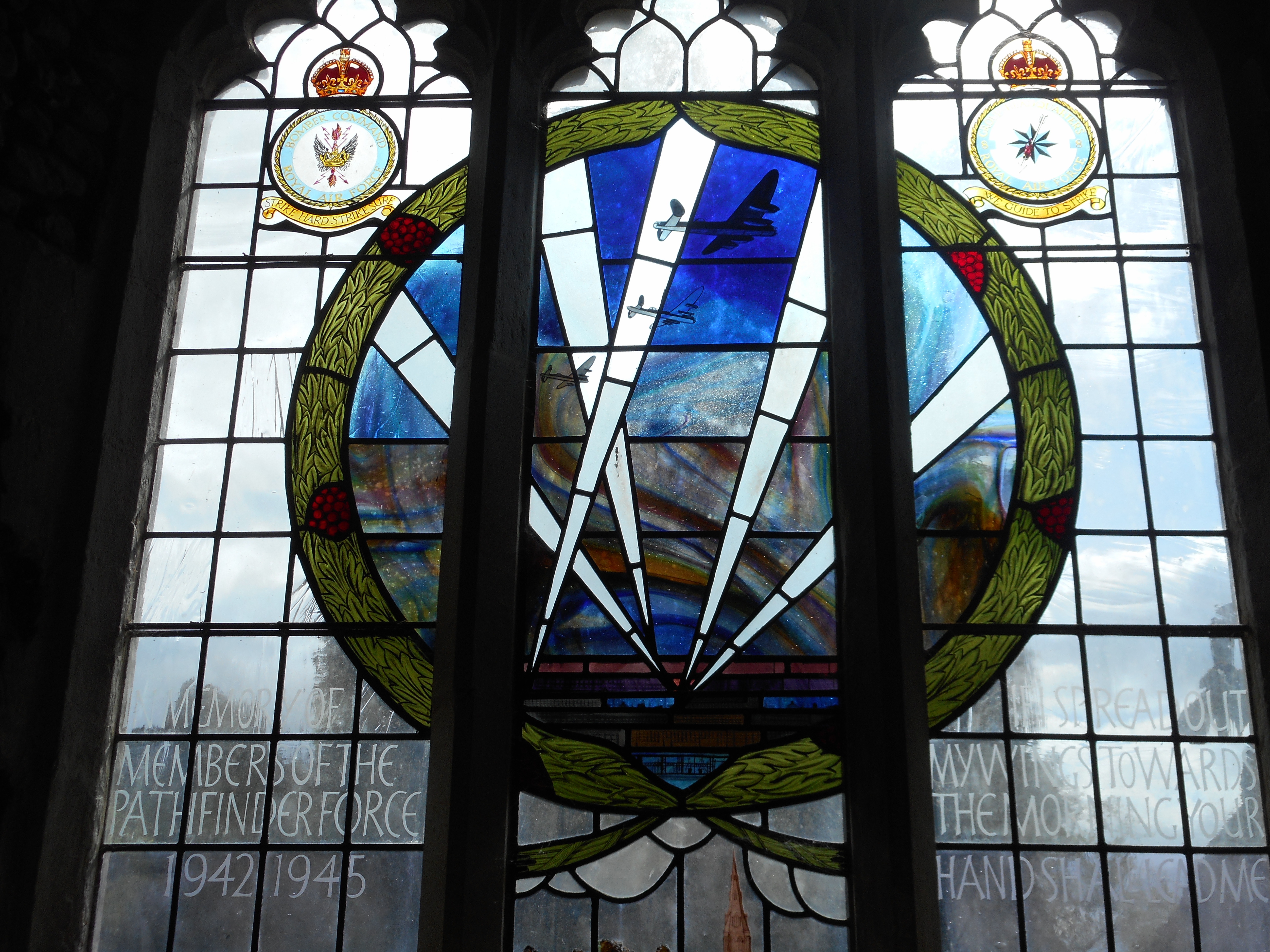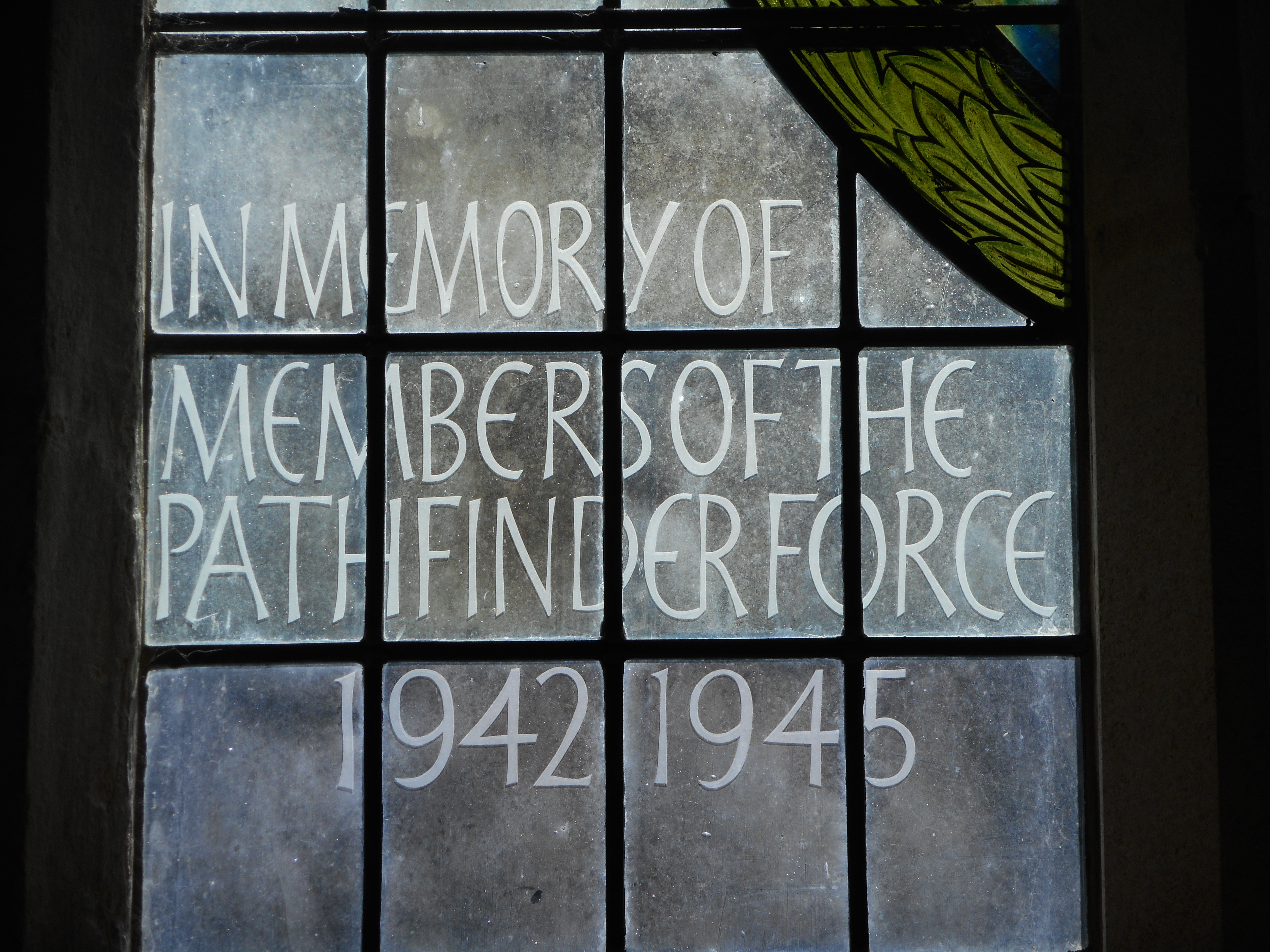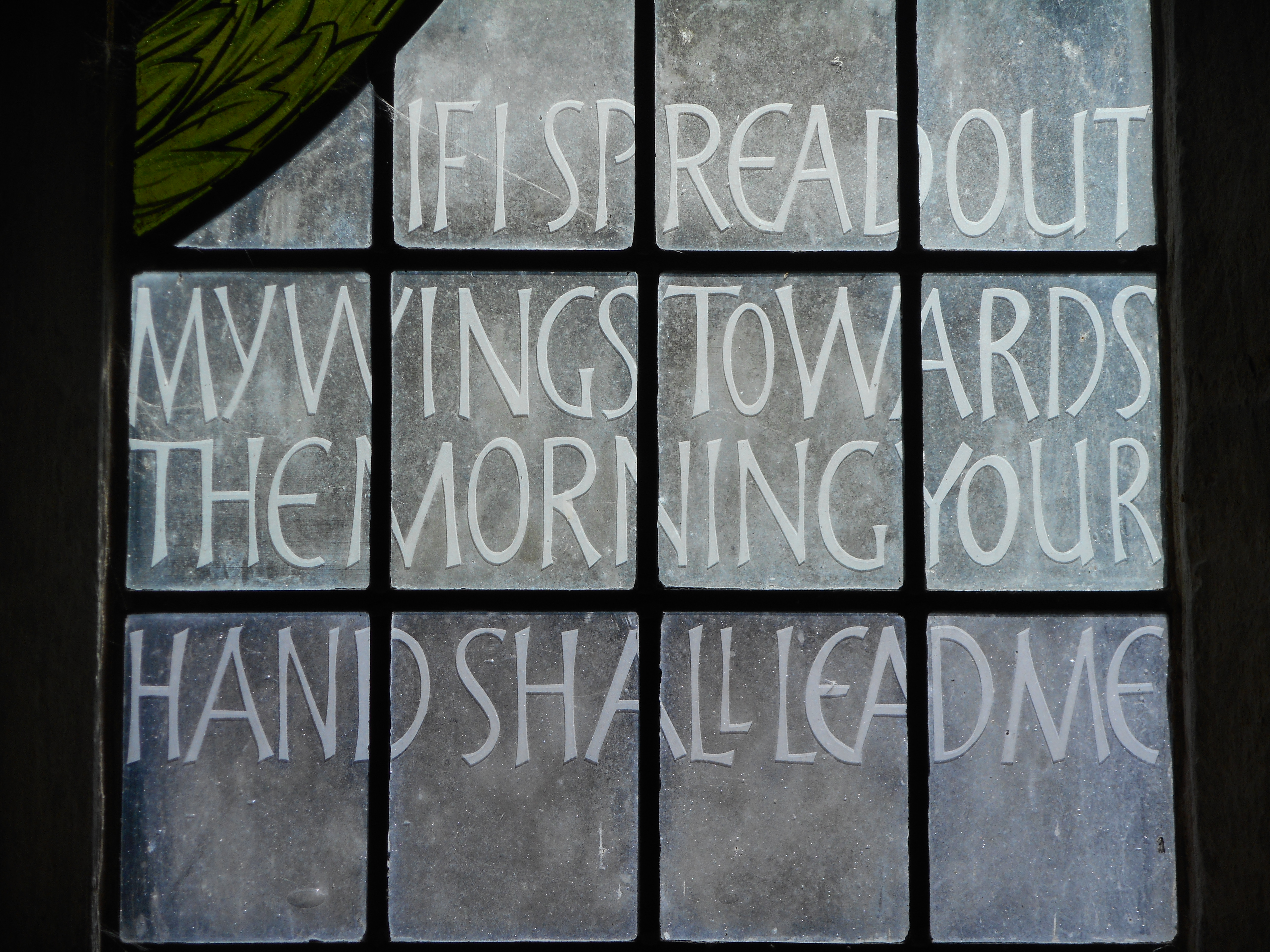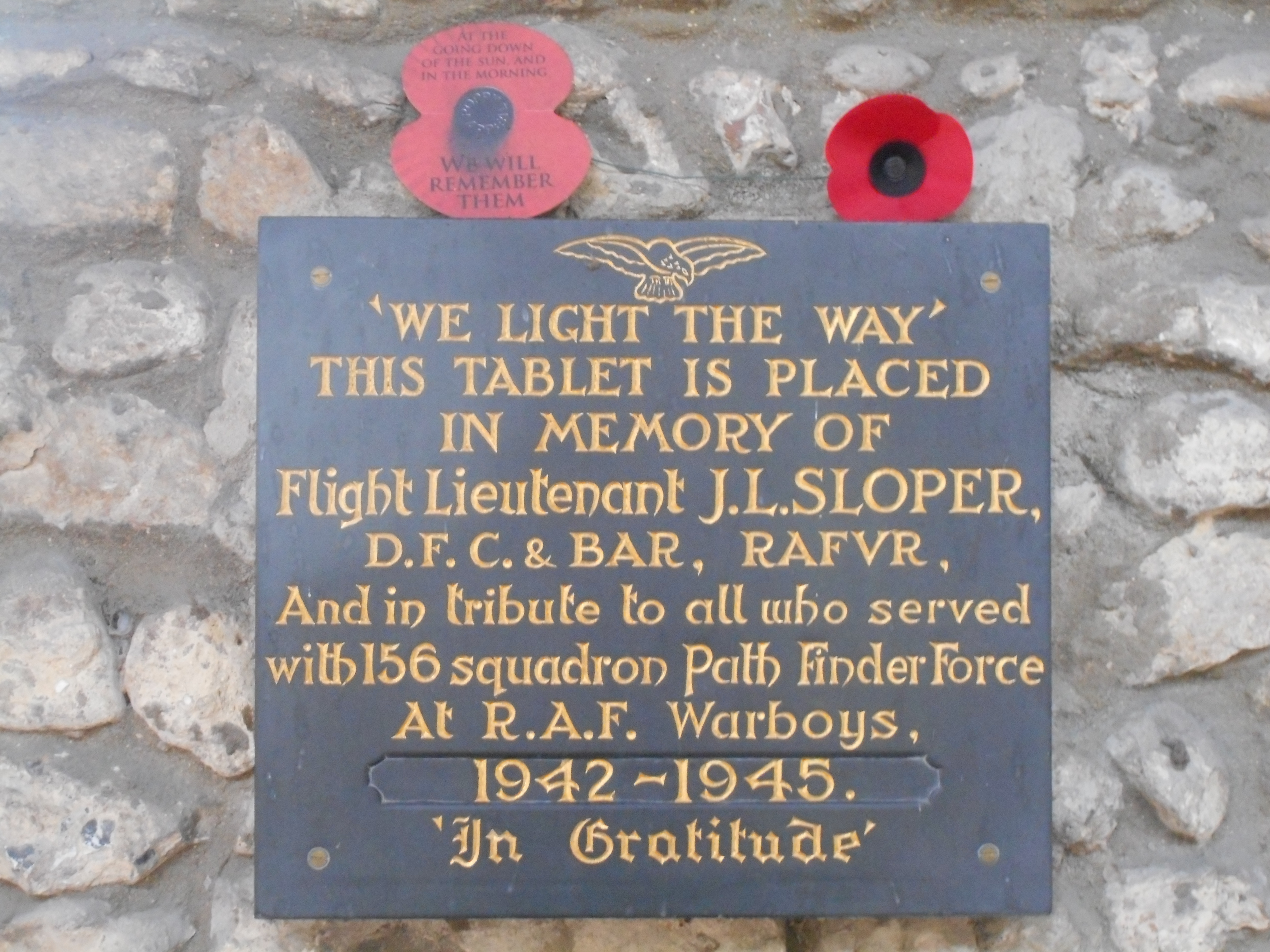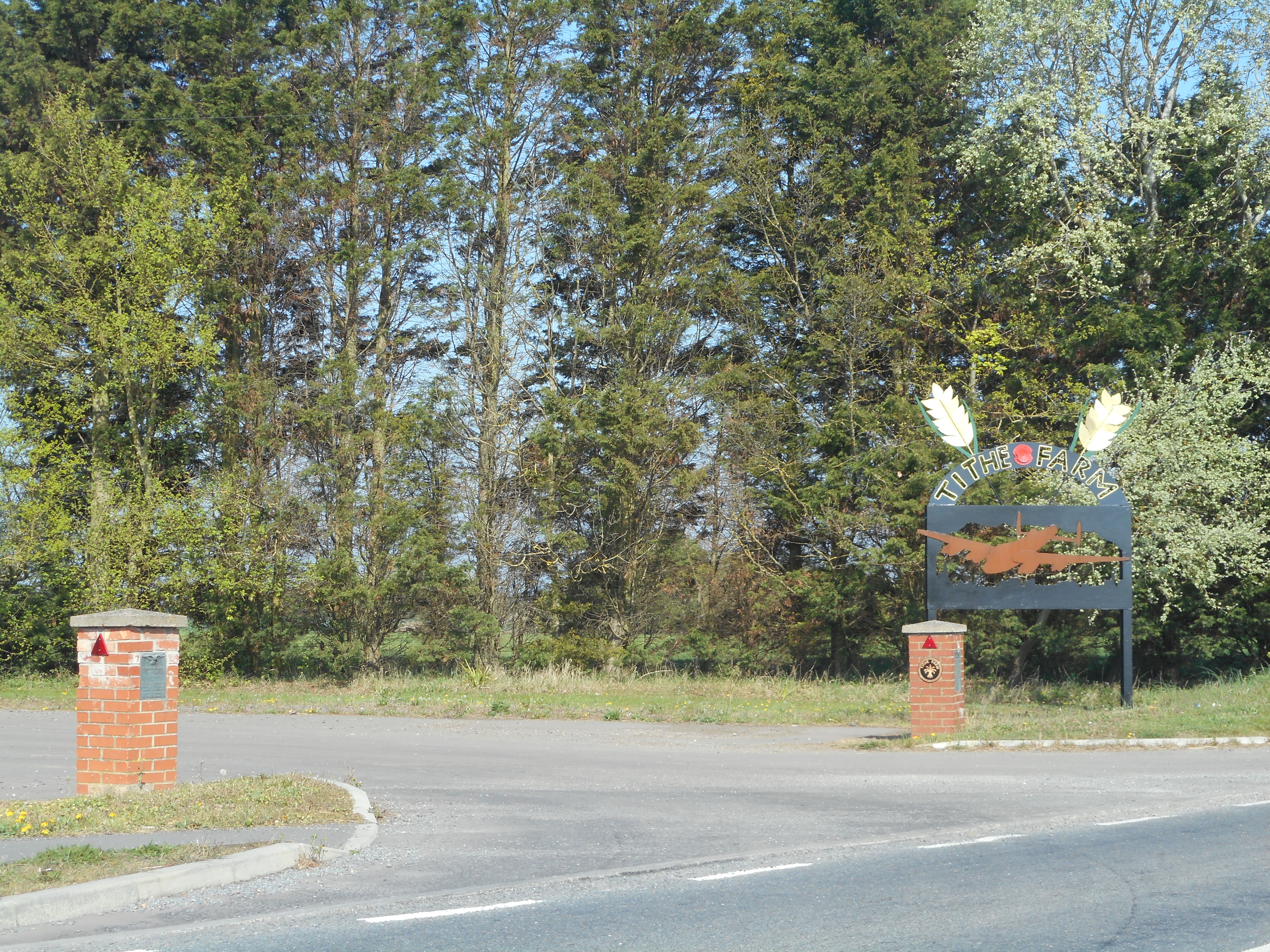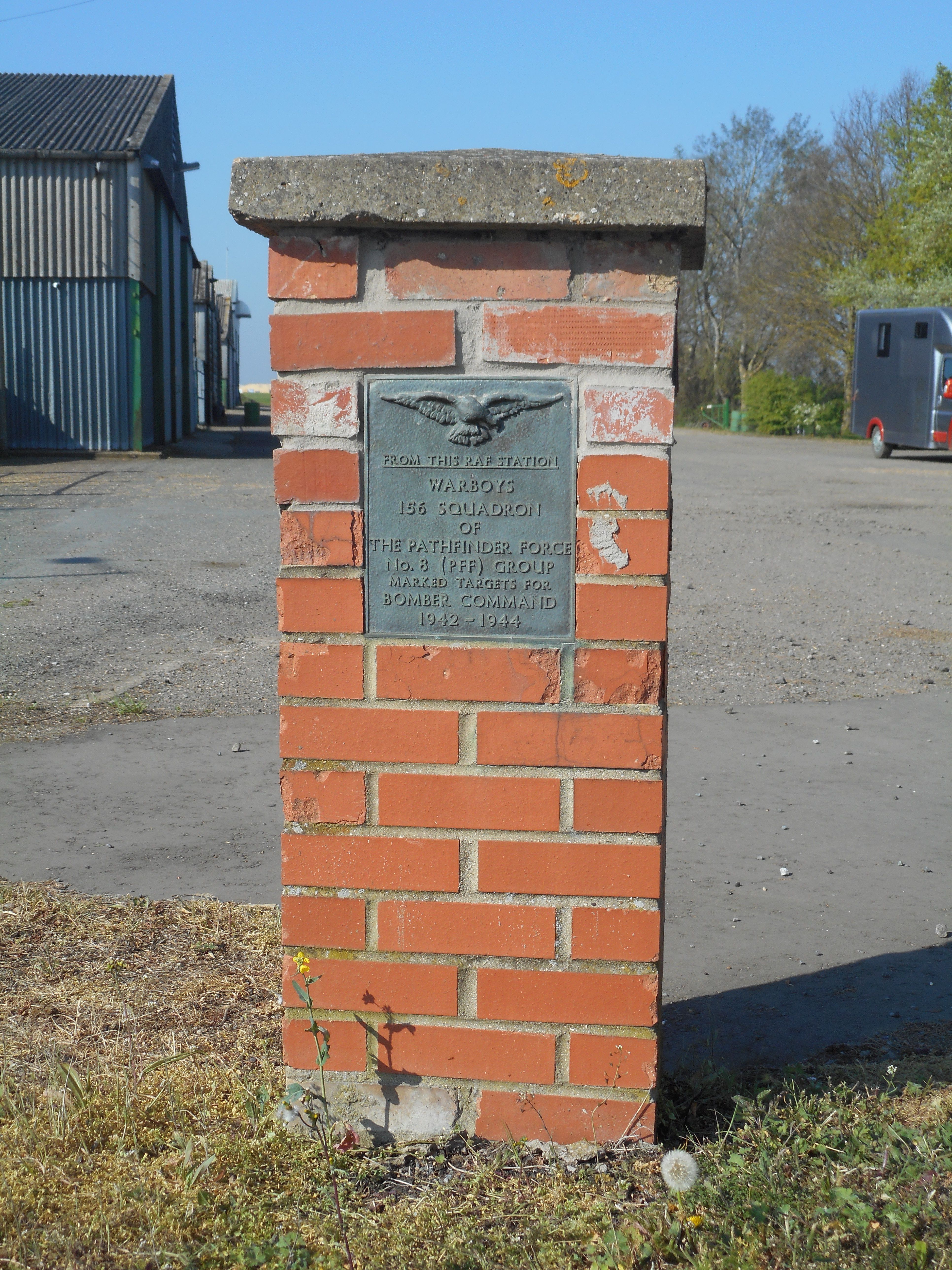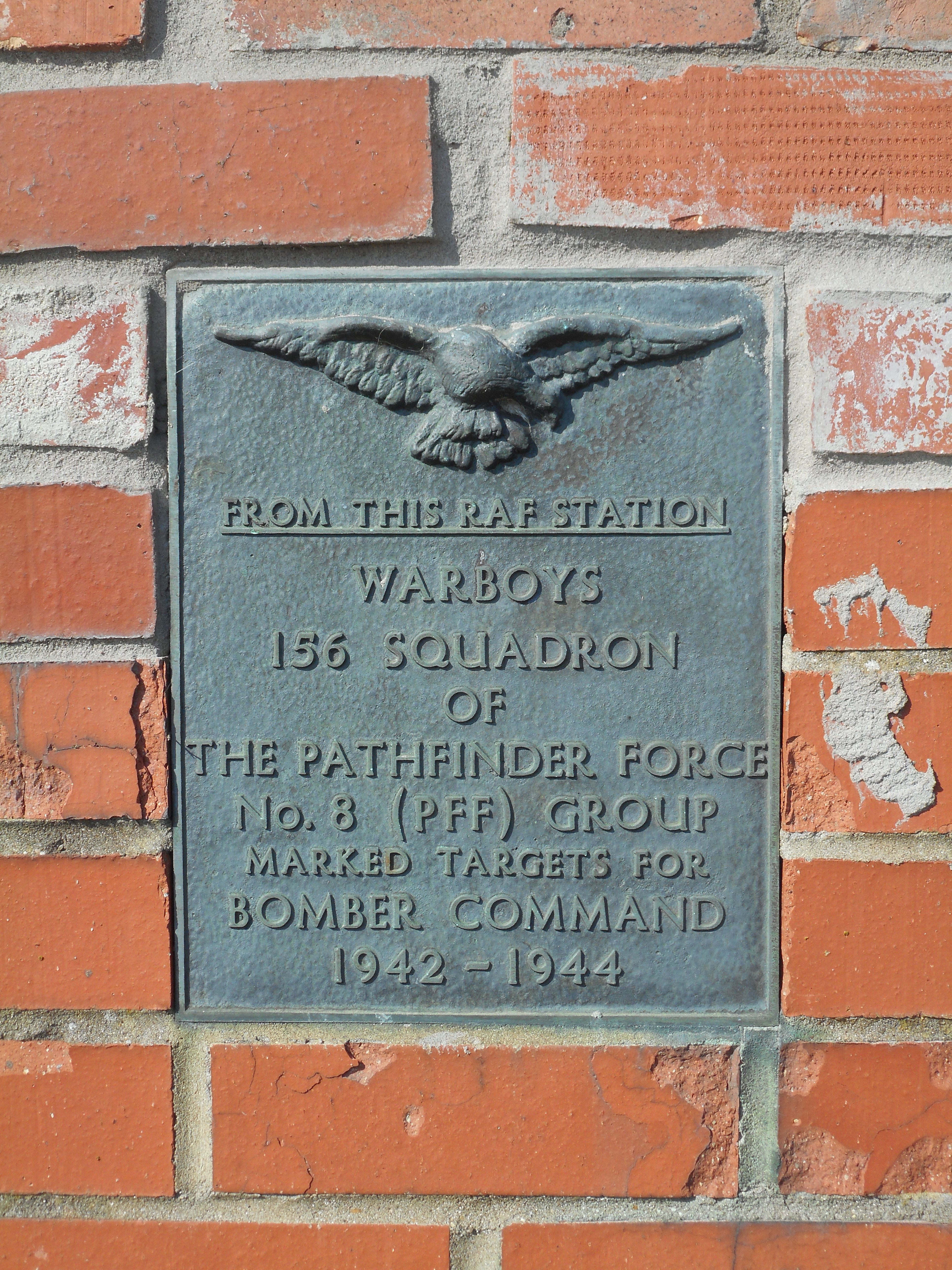Gillis, Hartley David
Personal Information
| Rank | F/L |
| Forename(s) | Hartley David |
| Surname | Gillis |
| Gender | M |
| Age | 21 |
| Decorations | DFC |
| Date of Death | 08-06-1944 |
| Next of Kin | Son of Robert Archibald and Mary Watson Gillis, of Paddington London. |
Aircraft Information
| Aircraft | Avro Lancaster III |
| Serial Number | ND577 |
| Markings | GT-E |
Memorial Information
| Burial/Memorial Country | France |
| Burial/Memorial Place | les Mersnuls Churchyard |
| Grave Reference | Coll. grave. |
| Epitaph | WE LIGHT THE WAY |
IBCC Memorial Information
| Phase | 2 |
| Panel Number | 170 |
Enlistment Information
| Service Number | 170350 |
| Service | Royal Air Force Volunteer Reserve |
| Group | 8 |
| Squadron | 156 |
| Squadron Motto | We light the way |
| Trade | Flight Engineer |
| Country of Origin | United Kingdom |
Other Memorials
| Location | On Grass Verge, Ramsey Rd, Upwood, Cambridgeshire |
| Country | United Kingdom |
| Memorial Type | Memorial Stone & Inscribed Metal Plaque |
| Memorial Text | From RAF Upwood, crews from 139 and 156 Sqns, No 8 Pathfinder Group marked targets for Bomber Command |
| Location | St. Mary Magdalene Church, Warboys, Cambridgeshire |
| Country | United Kingdom |
| Memorial Type | Stained Glass Window & Inscribed Slate Tablet |
| Memorial Text | We light the way" This tablet is placed in memory of Flight Lieutenant JL Sloper DFC and Bar, RAFVR. And in tribute to all who served with 156 Squadron Path Finders Force at RAF Warboys, 1942-1945, In gratitude. |
| Location | Tithe Farm, Warboys, Cambridgeshire |
| Country | United Kingdom |
| Memorial Type | Brick Pillars and inscribed Metal Plaques |
| Memorial Text | From this RAF Station Warboys 156 squadrons No 8 (PFF) group, marked targets for Bomber Command 1942-1944 |
Miscellaneous Information
| His alma mater was the highly regarded Latymer Upper School, Hammersmith, London which lost an incredible 26 of their alumni to Bomber Command in WW2. |
| Excerpt from "The Fallen Latymerians of The Second World War": Hartley David Gillis was born on November 7th 1922. The son of Mr R. A. Gillis, a Secretary and Accountant, of 35 Shaftesbury Avenue, W6, he entered Latymer on January 14th 1936 from Chiswick Central School. Nothing more about him appears in the admissions register but ‘The Latymerian’ tells us that he served with great distinction in the R.A. F. And mentions him several times. Hartley David Gillis was born on November 7th 1922. The son of Mr R. A. Gillis, a Secretary and Accountant, of 35 Shaftesbury Avenue, W6, he entered Latymer on January 14th 1936 from Chiswick Central School. Nothing more about him appears in the admissions register but ‘The Latymerian’ tells us that he served with great distinction in the R.A. F. and mentions him several times. In the Easter 1942 edition he was listed as ‘Training as Observer in the R.A.F. Volunteer Re-serve’. In Easter 1943 he is reported as having also qualified as a Navigator. The Autumn 1943 magazine records him being on a Pathfinder Course and continues, ‘He has done 20 operational flights including raids on Berlin, Hamburg, Essen, Cologne, Munich, Kassel, Nuremberg and Milan. Then in Summer 1944 he was promoted to Flight Lieutenant and awarded the Distinguished Flying Cross “for long, meritorious service”. After completing all his original tours of service, he volunteered for pathfinding and had only two more operations to complete on his second operations series when he was reported missing on a night raid over Germany.’ |
Commonwealth War Graves Commission
The National Archives
| Record of Events (Operational Record Book) AIR 27/1042/12 |
| Summary of Events (Operational Record Book) AIR 27/1042/11 |
Fellow Servicemen
Please note that this list gives all the losses aboard the quoted aircraft and occasionally these may have occurred on an earlier date when the aircraft was not itself lost. Please check the dates of death carefully.
Last Operation Information
| Start Date | 07-06-1944 |
| End Date | 08-06-1944 |
| Takeoff Station | Upwood |
| Day/Night Raid | Night (98% moon) |
| Operation | Versailles- to bomb rail communications. Part of a 337 bomber strong force to bomb various lines of communications behind the Normandy beachhead. There was less cloud cover than the previous night with all targets being accurately bombed and fewer civilians killed. Because the targets were further inland than recent raids, the German night-fighters had a greater opportunity to infiltrate the bomber stream and as a result, losses were higher. 28 aircraft were Lost (8.3%). |
| Reason for Loss | Crashed at les Mesnuls (Yvelines), France |
